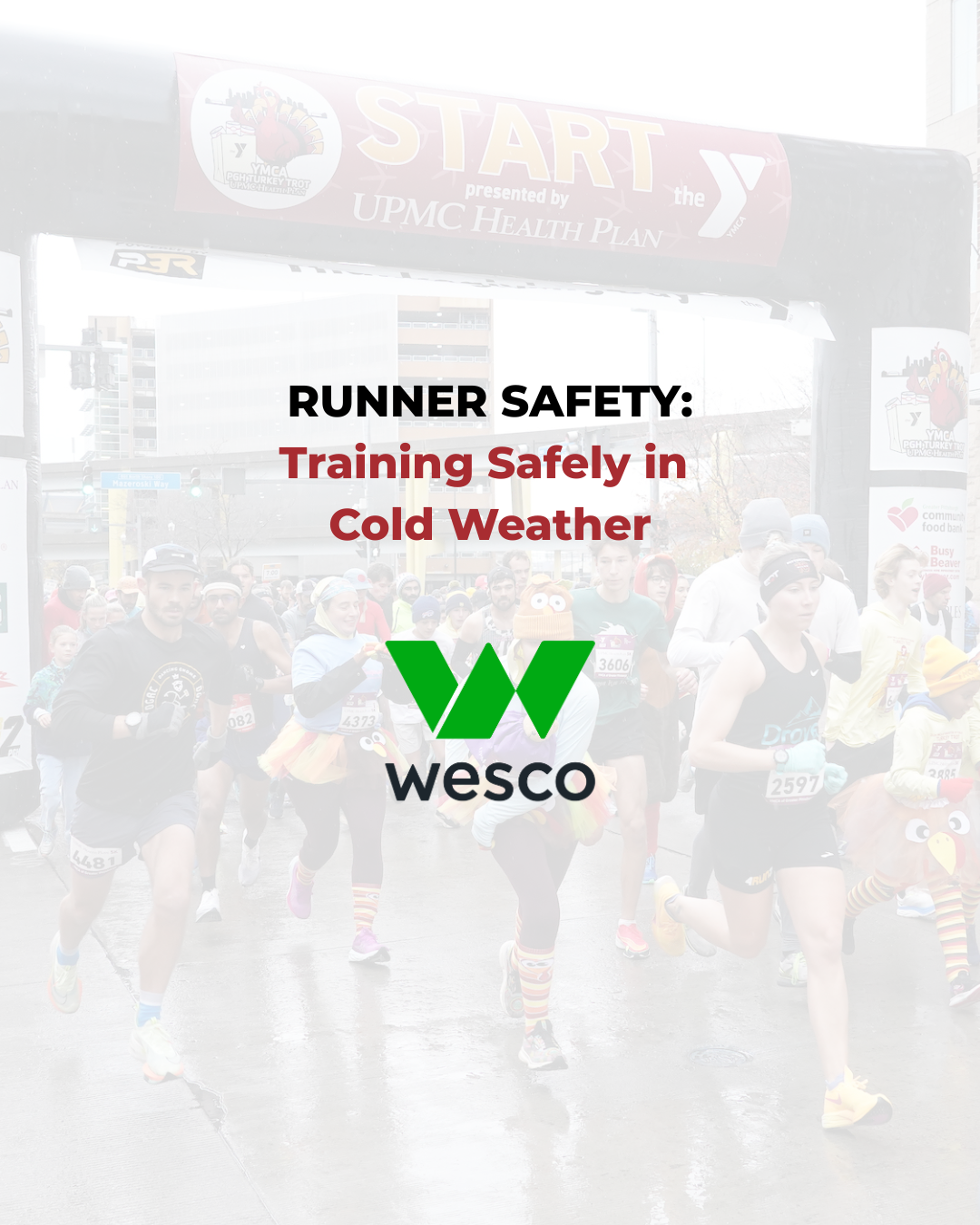
Safety Tips presented by Wesco: Training Safely in Cold Weather
When temperatures drop, dedicated runners and walkers face unique challenges. But with the right prep, cold-weather training can be safe, invigorating, and rewarding. Here’s how to tackle winter roads and trails while protecting yourself from injury and the elements in our Runner Safety Tips presented by Wesco.
Dress Smart: Layer Up
Layering your clothing is key in cold weather. Start with a moisture-wicking base layer to keep sweat away, add an insulating thermal layer, and finish with a windproof or water-resistant jacket. Don’t forget gloves or mittens, a thermal hat, and warm socks—extremities lose heat fastest and can be prone to frostbite.
Warm Up Indoors First
Prepare your muscles by doing dynamic stretches or a light indoor warm-up (walking lunges, jumping jacks) before heading out. This reduces the risk of strains and helps your body adjust to the cold.
Stay Hydrated
You may not feel as thirsty in the cold, but hydration is still crucial. Remember to drink water before, during, and after your run, as body fluid loss still occurs in winter conditions.
Be Visible
Short late fall and winter days mean darker runs. Wear bright, reflective clothing or gear so drivers and other runners can see you easily, especially in low-light conditions.
Protect Your Skin, Face, and Eyes
Apply sport moisturizer and lip balm to prevent chapping. In extreme cold, use a face mask or scarf to shield exposed skin. Sunglasses can also help if sunlight reflects off snow and ice.
Cool Down and Change Quickly
Post-run, get into dry clothes and warm up inside as soon as possible to avoid chills. Refuel with a warm drink to aid recovery.
With good preparation and adaptability, you can enjoy moving in all seasons—safely and with confidence.
There's still time to sign up for the 2025 YMCA of Greater Pittsburgh Turkey Trot presented by UPMC Health Plan. REGISTER HERE!